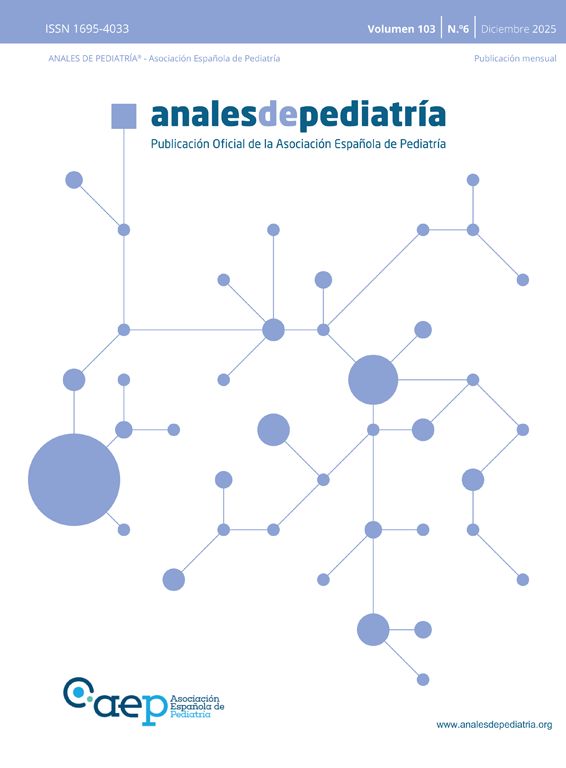A neonate presented at 7 days post birth with eyelid swelling and epiphora in the left eye. The physical examination revealed conjunctival hyperaemia and a yellowish exudate (Fig. 1). She had received ophthalmic prophylaxis with chlortetracycline eye drops at birth.
A sample of the exudate was obtained for culture and a 7-day course of erythromycin prescribed, and the symptoms resolved. Penicillin-sensitive Neisseria meningitidis was isolated from the culture. Given the potential for progression to invasive meningococcal disease (IMD), the patient received treatment with oral amoxicillin for 10 days and the parents a single dose of ciprofloxacin for pharmacological prophylaxis. The patient was vaccinated against meningococcal disease with the ACWY vaccine (first dose at 6 weeks post birth) and the meningococcal B vaccine (first dose at 2.5 months post birth). She remained asymptomatic in the 4 months of follow-up.
Neisseria meningitidis is rarely the causative agent involved in ophthalmia neonatorum, but it carries the risk of severe disease, as the infection may progress to IMD (10%–29% of cases of primary meningococcal conjunctivitis).1 Systemic antibiotic therapy is recommended, as the risk of developing IMD in patients with primary meningococcal conjunctivitis treated solely with topical antibiotics is 19 times greater compared to those who receive systemic antibiotics.2 Given the probability of IMD in close contacts, chemoprophylaxis and vaccination (in the case of infection by group A, C, W or Y meningococcus) are also recommended.3





